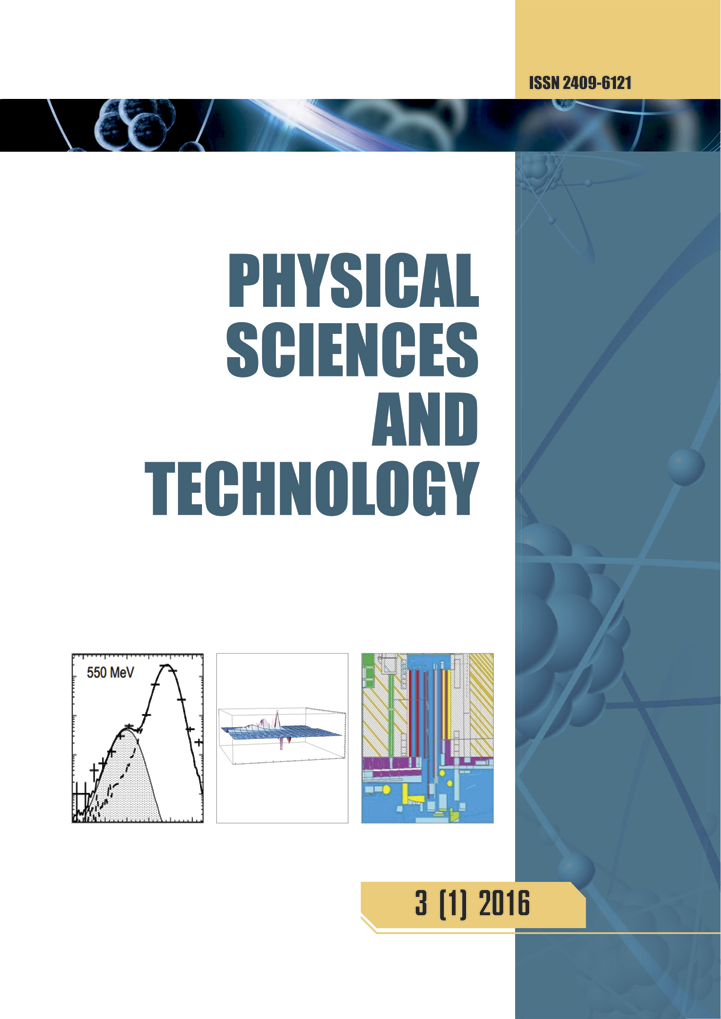Study of elastic scattering of protons on 7Li in the energy range of 3–5.3 MeV
DOI:
https://doi.org/10.26577/phst202512113Abstract
This study explores the elastic scattering of protons on the 7Li nucleus within the framework of the optical model using the Full-Wave Method (FWM). The approach is based on a high-precision numerical solution of the radial Schrödinger equation, incorporating a microscopic folding potential derived from the M3Y nucleon–nucleon interaction and the nuclear matter density distribution. An imaginary component of the optical potential, parameterized in Woods–Saxon form, is included to simulate absorption effects due to open inelfastic channels. Numerical simulations are implemented in Python using a 6 to 8 order Runge Kutta method to ensure computational accuracy and stability. The resulting phase shifts, scattering ampli tudes, and differential cross sections are calculated for proton energies in the range of 3.0 to 5.5 MeV and compared with experimental data measured at the Van de Graaff accelerator. The analysis reveals system atic overestimations of the differential cross section at both forward and backward angles and emphasizes the necessity of including the imaginary part of the potential and increasing the number of partial waves to improve agreement with observations. The results demonstrate that the Full-Wave Method provides a physically consistent description of the elastic scattering process and offers a solid foundation for further theoretical refinement and experimental validation in light nuclear systems.
Key words: light nuclei, elastic scattering, microscopic potential, optical model, FWM, Runge-Kutta method.




